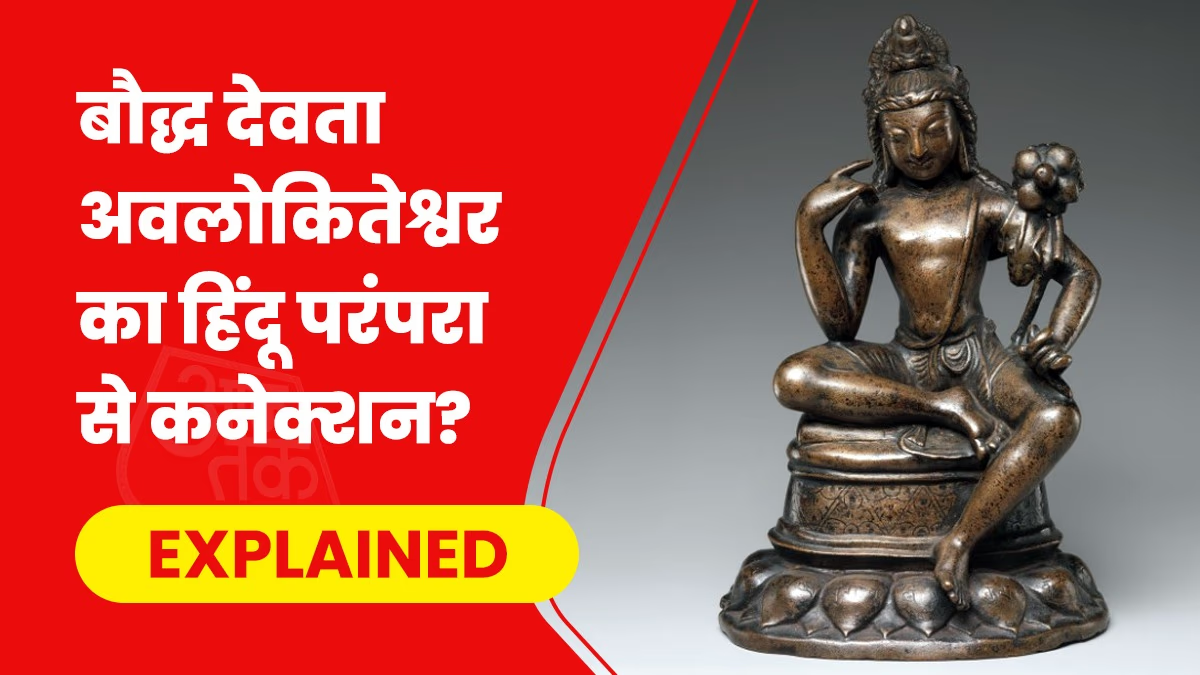The esteemed spiritual leader of Tibetan Buddhism, the Dalai Lama, recently celebrated his 90th birthday. However, discussions surrounding this milestone have primarily focused on the controversy over the succession of the Dalai Lama position. This conflict has further strained the already tense political relationship between China and Tibet, with China insisting that any future successor must be recognized by them, a demand firmly rejected by the Dalai Lama.
Amidst this backdrop, a statement made by the Dalai Lama has captured global attention. At the age of 90, he confidently declared, 'I am blessed by Avalokiteshvara, and I will live 30-40 more years to serve humanity as per his command.'
Who is Avalokiteshvara?
Avalokiteshvara is considered the highest deity in Tibetan Buddhism, embodying the purest form of compassion and kindness. Recognized as one of the most beloved bodhisattvas, Avalokiteshvara is the personification of mercy and untainted love, a cherished figure revered for these virtues.
Avalokiteshvara in Ancient Art
Ancient artworks depict Avalokiteshvara in a meditative pose, exuding serene compassion. With one hand resting gracefully on their lap and the other supporting their face, these illustrations convey a profound sense of tranquility. Artists from the past would often embellish these serene depictions with blooming lotuses, portraying the deity seated on a lotus pedestal.
Parallels with Mythical Shiva
Avalokiteshvara’s imagery, often holding a lotus, has earned them the moniker Padmapani, meaning 'Lotus Bearer.' This resonates with Hindu traditions where Lord Vishnu, one of whose symbols is also the lotus flower, embodies compassion and protection. Additionally, Avalokiteshvara’s multiple manifestations — such as Eleven-faced Avalokiteshvara — resonate with the visions of Hindu deity Shiva, renowned for his eleven Rudras.
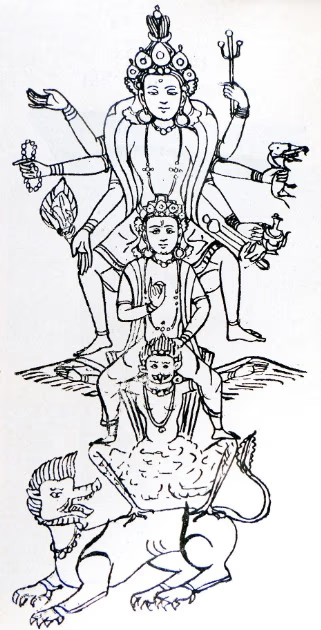
Source: aajtak
Mahāyāna and Vajrayāna Buddhism view Avalokiteshvara not only as a symbol of divine compassion but as an integral part of the incarnation ideology akin to Hindu god Vishnu, revered in eternal traditions, awaiting his next avatar, Kalki.
The gestures, symbols like the lotus, and postures attributed to Avalokiteshvara align them closely with Vishnu. Scholars suggest that over time, the influences merged to shape the characteristics of gods like Vishnu and Shiva. However, the compassionate demeanor of Avalokiteshvara uniquely complements these figures, presenting an intersection between Buddhist and Hindu iconography.
Name Origin of Avalokiteshvara
The name Avalokiteshvara translates from Sanskrit to signify 'the lord who gazes down with compassion,' paralleling the concept of a divine watchman observing the world with profound empathy. In Mahāyāna Buddhism, Avalokiteshvara is perceived as a manifestation of the Buddha, embodying both light and sentience.
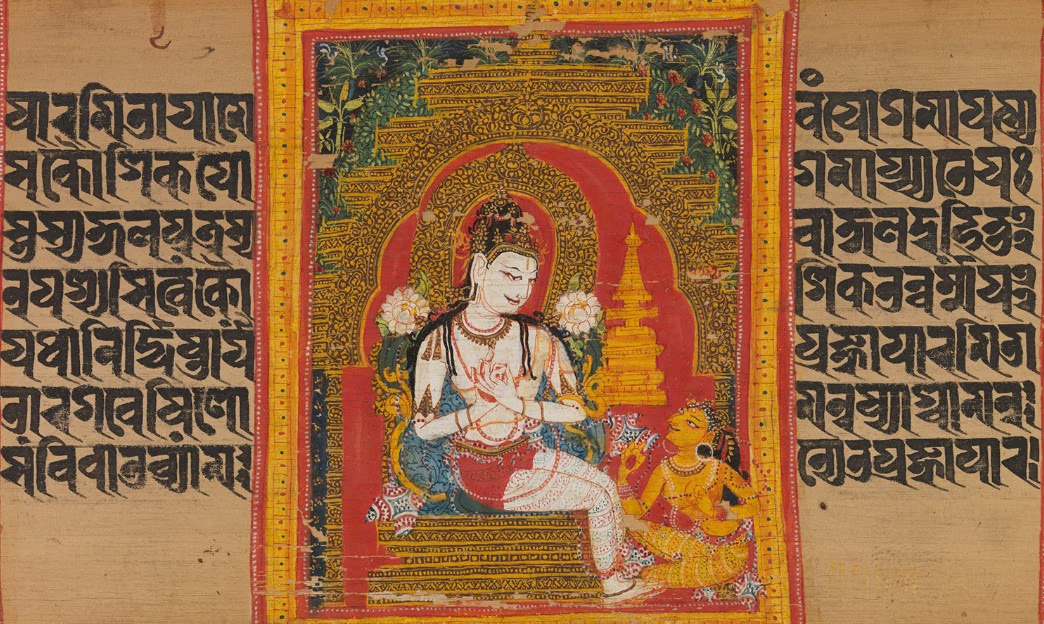
Source: aajtak
The Lotus Sutra’s Account of Avalokiteshvara
Significant scriptures like the Lotus Sutra and Karandavyuha Sutra emphasize Avalokiteshvara’s archetype as a Buddha incarnation. Their mantra, “Om Mani Padme Hum,” symbolizes enlightenment through the sacred human image of the lotus, repeating this phrase during meditation to evoke the deity’s presence.
Avalokiteshvara’s Multitude of Forms
Across Buddhism’s geographical expanse, Avalokiteshvara appears in various avatars, reflecting regional artistic and devotional preferences. For example, the formidable statue in Alchi's aging 11th-century monastery depicts Avalokiteshvara with exquisite detailing, embodying the deity’s adaptable nature promoted by literatures expounding Avalokiteshvara’s benevolent demeanor.
In Gandharan art, Avalokiteshvara assumes a princely guise with lotus in hand, encapsulated by Amitabha Buddha seated in meditation. This depiction flourished from the 2nd to 6th centuries throughout regions such as Northwestern Pakistan and Northern India, facilitated by Buddhist artistic patronage.
The most iconic image of Avalokiteshvara from this era is found in Ajanta Caves, showcasing the deity adorned with opulent attire, bearing an open lotus without the characteristic Buddha statue in the diadem. This portrayal deeply embeds compassion and vigilance within Avalokiteshvara’s visage, highlighting their protective role.
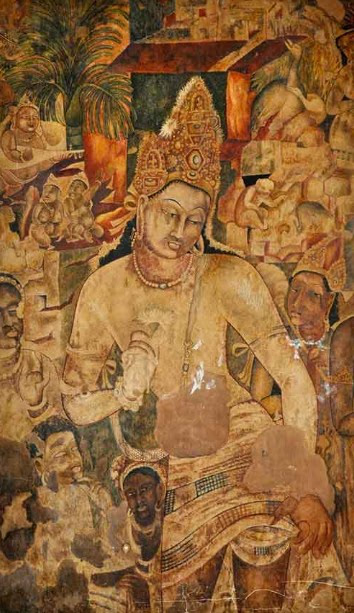
Source: aajtak
Avalokiteshvara’s Feminine Incarnation in China
The deity is venerated as 'Guanyin' in China, depicted as a woman exuding compassion, mirroring Avalokiteshvara’s loving essence. The transition to her feminine portrayal began during the Song Dynasty, paralleling her association with the immaculately loving 'Madonna' in Christian tradition.
In Tibet, where Avalokiteshvara commands veneration as the eminent deity, every Dalai Lama is believed to be a reincarnation of Avalokiteshvara. This belief system extends across regions where Avalokiteshvara is associated with extensive mythological and compassionate narratives.
Throughout various traditions, Avalokiteshvara maintains stature as a guiding, caring force amidst the divine tapestry, simultaneously upholding the principles of enlightenment and compassion cherished by Buddhists worldwide.
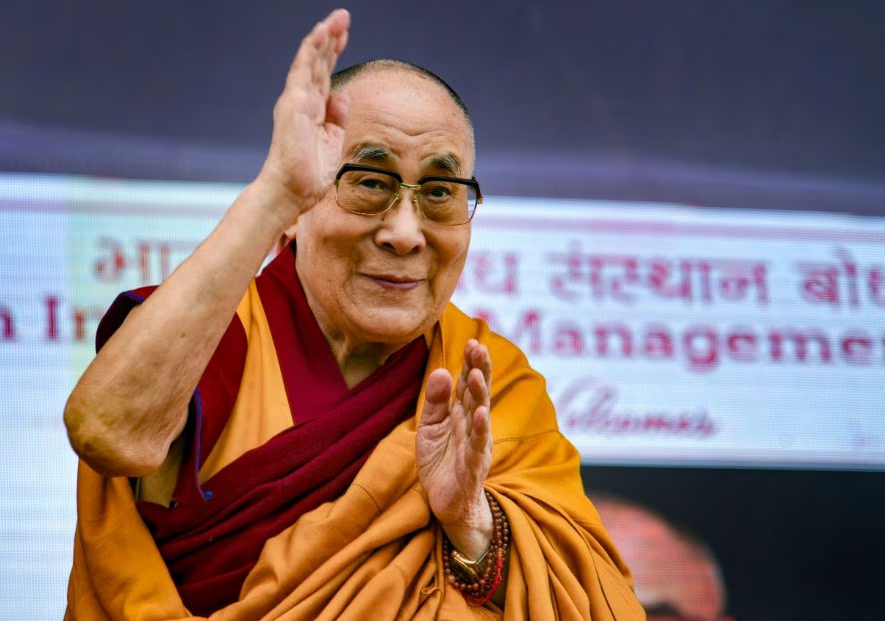
Source: aajtak
Most Revered in Tibet
Historically imagined with profound compassion and grace, Avalokiteshvara's iconography converges on pivotal spiritual tenets, where the Dalai Lama serves as a terrestrial conduit of Avalokiteshvara’s teachings, promising ongoing contributions to humanity’s spiritual journey.
